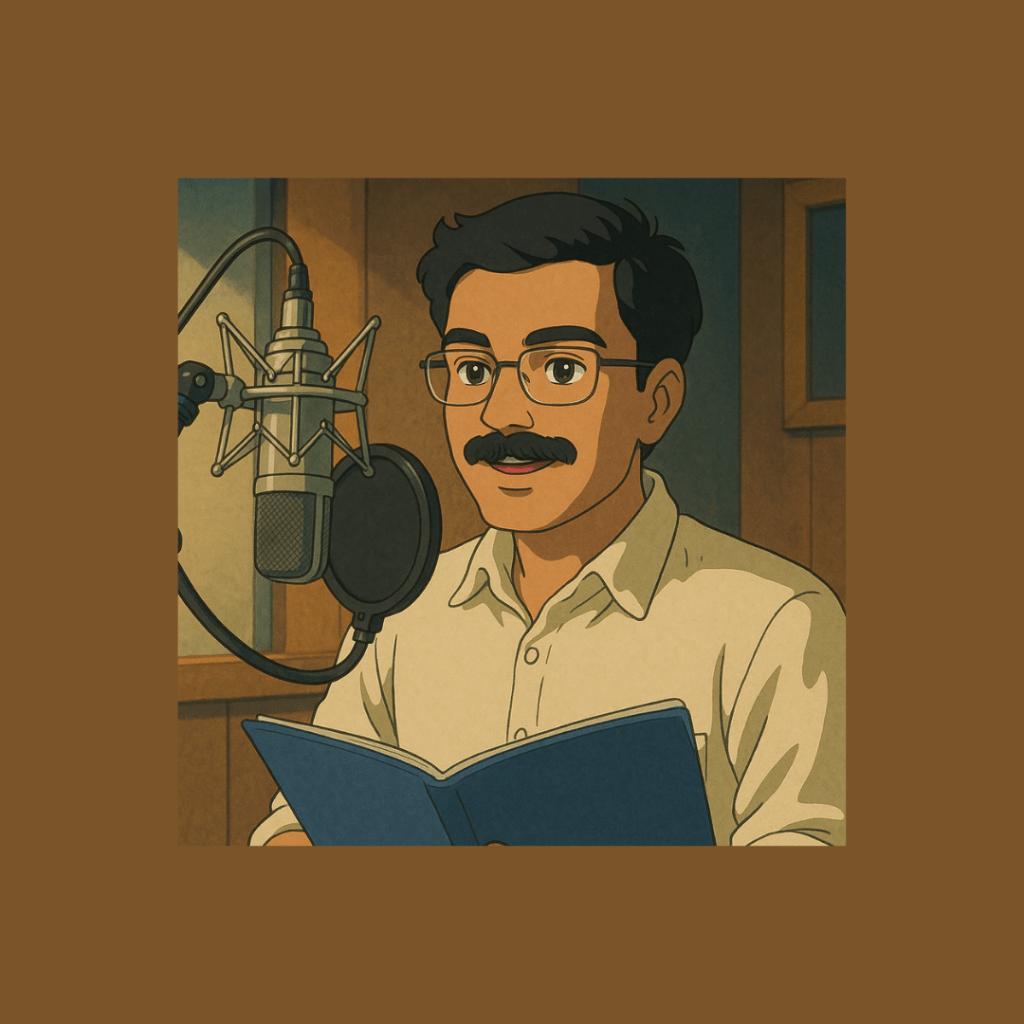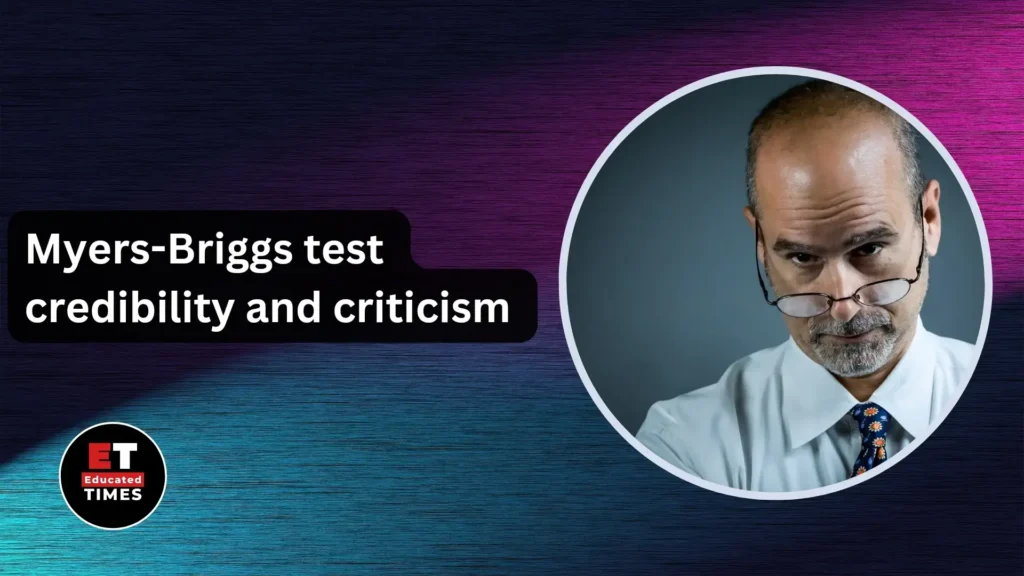As an Indian teacher, you are always searching for new ways to capture your students’ attention and make learning meaningful. In a world where attention spans are shrinking and digital distractions are everywhere, traditional lectures sometimes struggle to keep students engaged. Enter podcasting-a tool that is both modern and deeply personal, offering a fresh way to connect with students beyond the four walls of your classroom.
Podcasting isn’t just for celebrities or tech experts anymore. It’s a powerful, flexible, and accessible medium that teachers across India are beginning to embrace. Imagine your students listening to a lesson on their bus ride home, revising for an exam while helping with chores, or even creating their own podcasts as a project. The possibilities are endless.

Let’s explore how you, as an Indian teacher, can use podcasting as an engagement tool, complete with practical steps, real-life examples, and a special roleplay for Republic Day.
Table of Contents
Why Podcasting Works for Student Engagement
Flexible and Accessible Learning
Podcasts can be listened to anywhere and anytime-on a smartphone, tablet, or even a basic computer. This flexibility means students can learn at their own pace, revisit lessons as needed, and fit learning into their busy lives. For students in rural or semi-urban areas, where internet bandwidth may be limited, audio files are often easier to download and use than video content.
Amplifies Student Voice and Creativity
Podcasting isn’t just about teachers talking-it’s about giving students a platform to express themselves. When students create their own podcasts, they take ownership of their learning, develop communication skills, and build confidence. It’s a wonderful way to nurture creativity and critical thinking.
Brings Real-World Relevance
Podcasts can feature interviews, discussions, and stories that connect classroom content to real-world issues. Inviting guest speakers or using storytelling makes lessons more relatable and memorable. Students are more likely to remember a story or an interview than a list of facts.
Encourages Active Participation
Unlike passive listening, podcasting can be interactive. Students can submit questions, suggest topics, or even participate in live recordings. This sense of involvement fosters a classroom community and keeps students invested in the learning process.
How to Start Podcasting as an Indian Teacher
Step 1: Choose Your Topic and Audience
Start by identifying a topic that excites you and is relevant to your students. It could be a chapter from your syllabus, a current event, or a special occasion like Republic Day. Think about your audience-are they primary students, teenagers, or even fellow teachers?
Step 2: Plan Your Episode
Outline what you want to say. Keep it simple and conversational. For younger students, use stories and examples. For older students, you might include interviews or debates.
Step 3: Record Your Podcast
You don’t need fancy equipment. Most smartphones have good enough microphones for a basic podcast. Find a quiet room, use a simple recording app, and speak clearly. If you want to edit, free apps like Audacity or online tools can help.
Step 4: Share With Your Students
Upload your audio file to a platform your students can access easily-this could be WhatsApp, Google Classroom, or even your school’s website. Encourage students to listen and share their feedback.
Step 5: Invite Student Participation
Ask students to respond with their own audio messages, questions, or even mini-podcasts. This two-way communication transforms podcasting from a lecture into a dialogue.
Example: Teaching Republic Day Through Podcasting
Let’s bring this to life with a roleplay. Imagine you’re preparing a podcast episode for your class on 26th January-India’s Republic Day.
Setting the Scene
You gather your students and say:
“Namaste, dear students! Today, instead of our usual lesson, I have something special for you. I have recorded a podcast episode about the significance of Republic Day. You can listen to it at home, on your way to school, or even while helping your parents. After listening, I’d love to hear your thoughts and maybe even your own stories about what Republic Day means to you.”
Sample Podcast Script
Intro music fades in
“Hello, everyone! This is your teacher, Mrs. Sharma, and welcome to our special Republic Day podcast. Today, we’ll explore why 26th January is so important for our nation.
Let’s start with a story. Imagine it’s 1947. India has just gained independence, but we don’t yet have our own set of rules-a Constitution. A group of wise leaders, including Dr. B.R. Ambedkar, work day and night to write a document that will guide our country. On 26th January 1950, our Constitution comes into effect, and India becomes a Republic.
But what does that mean for us, as students? It means we have rights and responsibilities. We can speak freely, practice our faith, and dream big. But we must also respect others, help those in need, and be proud citizens.
Now, I have a question for you: How do you celebrate Republic Day in your family? Do you watch the parade, sing the national anthem, or maybe help decorate your home with tricolour flags?
I’d love to hear your stories! Record a short audio message and send it to me. Next week, I’ll share some of your voices in our next episode.
Happy Republic Day, and Jai Hind!”
Outro music fades out
After the Episode
You receive audio messages from students sharing how they celebrate Republic Day-some talk about flag hoisting in their colony, others recall making tricolour crafts, and a few share what the Constitution means to them. In your next episode, you play their clips, creating a sense of community and pride.
Practical Tips for Indian Teachers
- Start Small: Your first podcast doesn’t need to be perfect. Focus on clear audio and a friendly tone.
- Involve Students: Let students brainstorm topics, script episodes, or even host segments.
- Make It Relatable: Use local examples, stories from Indian history, or current events.
- Keep It Short: For younger students, 5–10 minutes is enough. Older students can handle longer episodes.
- Use Local Languages: Don’t hesitate to record in Hindi, Tamil, Bengali, or any language your students are comfortable with.
- Celebrate Festivals and Events: Use podcasts to teach about Diwali, Holi, Independence Day, or even Science Day.
- Encourage Reflection: Ask students to share their thoughts, questions, or even doubts after each episode.
Overcoming Common Challenges
- Limited Technology: If students don’t have smartphones, consider playing the podcast in class or sharing it via school computers.
- Shy Students: Some students may be hesitant to record their voices. Start with group recordings or let them submit written responses first.
- Time Constraints: Integrate podcasting into existing lessons or use it as a homework assignment.
The Impact: What Changes Can You Expect?
When you introduce podcasting, you’ll notice:
- Increased Participation: Even quiet students find their voice in audio recordings.
- Better Retention: Students remember stories and discussions better than textbook facts.
- Stronger Community: Sharing voices and stories builds a sense of belonging.
- 21st Century Skills: Students learn to communicate, collaborate, and think critically.
Conclusion: Your Voice, Their Future
Podcasting is more than just a trend-it’s a bridge between tradition and technology, between teacher and student. As an Indian teacher, you have the unique ability to blend storytelling, culture, and curriculum in a way that resonates with your students. Whether it’s a lesson on Republic Day, a science chapter, or a motivational talk before exams, your voice can inspire, engage, and empower.



